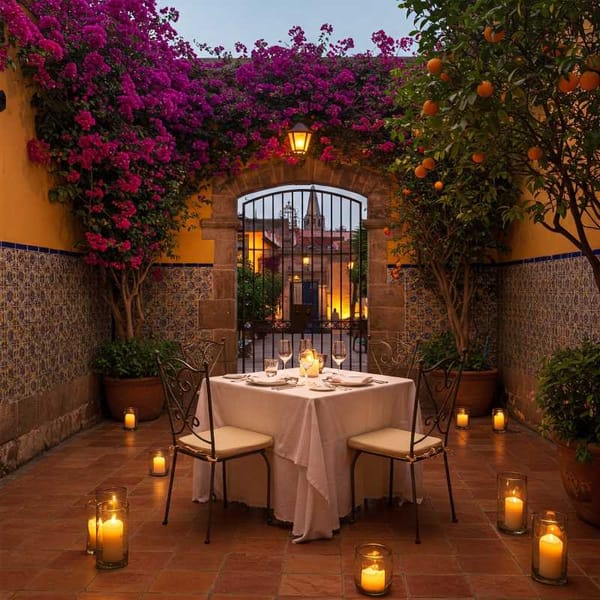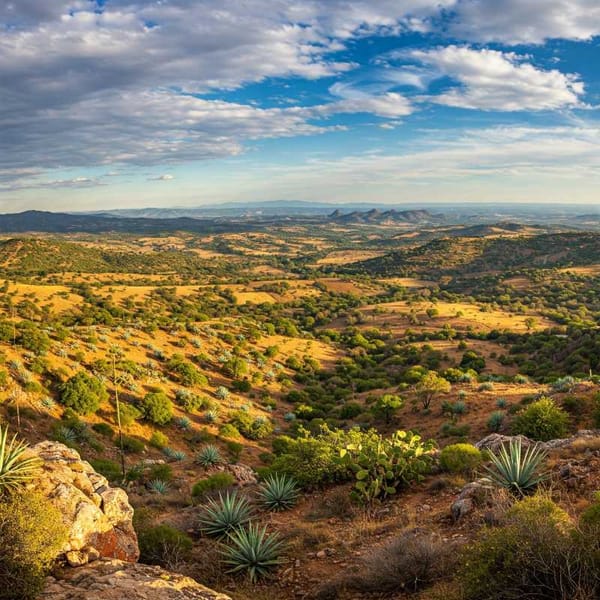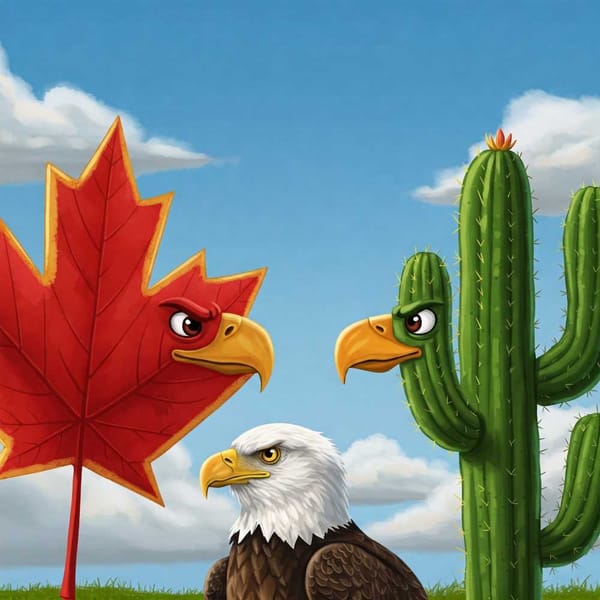Venturing further into Costa Rica? Check out Puerto Jimenez!
Puerto Jimenez located in the Osa Peninsula, far from the world but very close to nature, offers spectacular tourist products, such as dolphin watching, whale watching, manta rays, birds, flora and fauna, kayaking, zip-lining, and panning for gold in the jungle streams.





